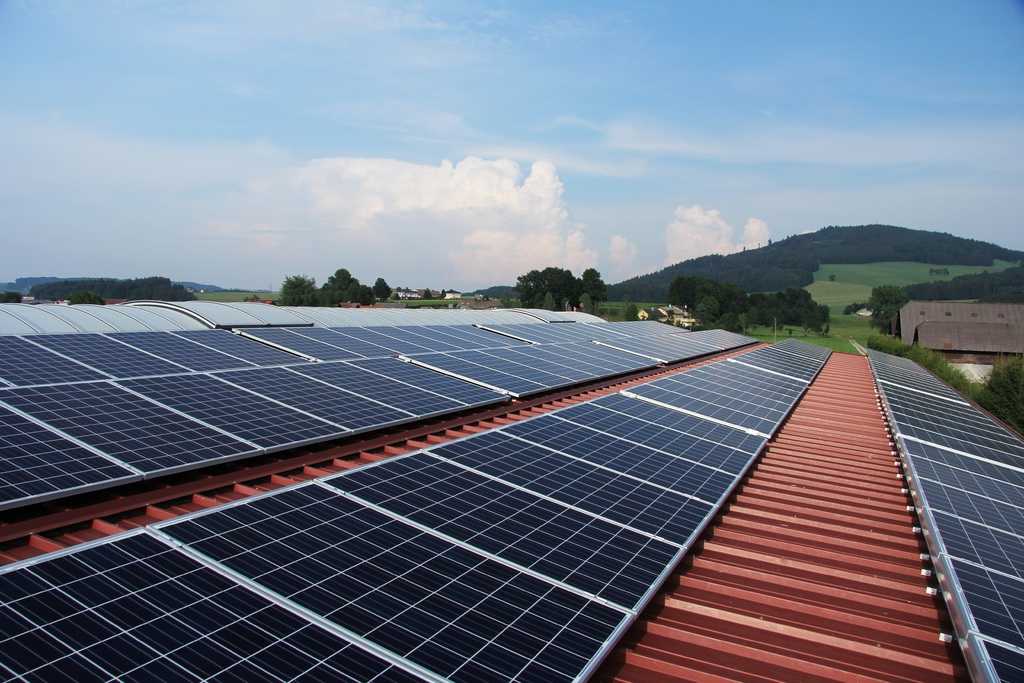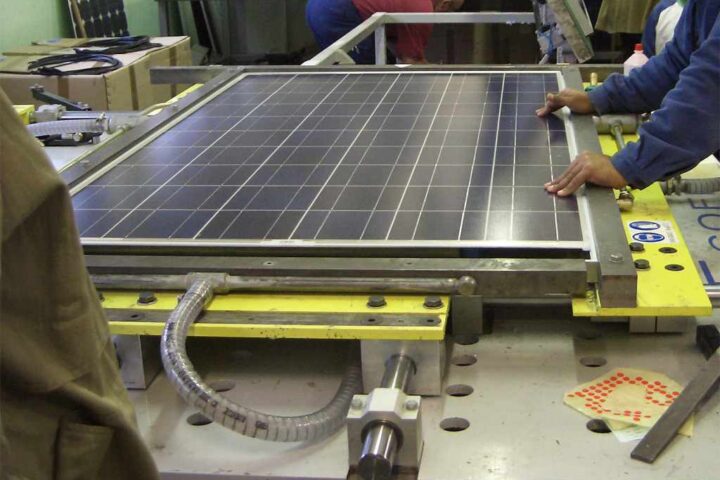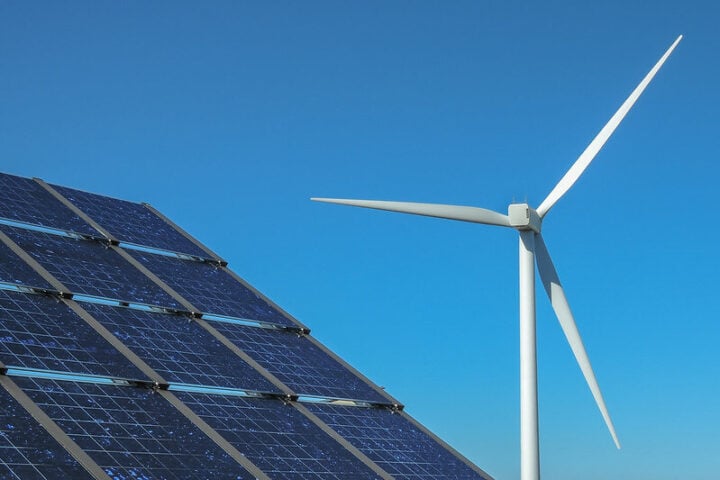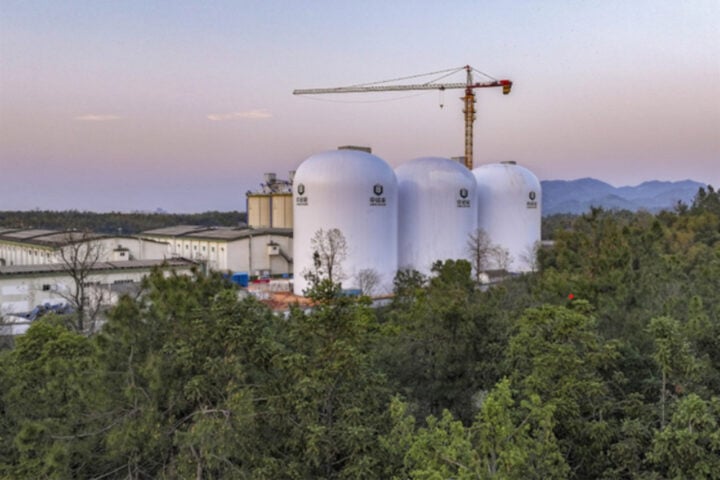China’s carbon dioxide (CO2) emissions fell 1% in the first half of 2025 compared to the same period last year, extending a decline that began in March 2024, according to a new study by Finland-based researcher Lauri Myllyvirta for Carbon Brief.
The power sector, China’s largest source of emissions, saw a more significant drop of 3% during this period, with solar power growth alone matching the country’s 170 terawatt-hour increase in electricity demand.
“We’re talking really for the first time about a structural declining trend in China’s emissions,” said Myllyvirta, lead analyst at the Centre for Research on Energy and Clean Air.
Record-Breaking Solar Growth
China added an unprecedented 212 gigawatts of solar capacity in the first six months of 2025 – more than America’s entire solar capacity of 178 gigawatts at the end of 2024. In May alone, China installed about 93 gigawatts of solar capacity, equivalent to approximately 100 solar panels every second throughout the month.
This surge was driven by a rush to install panels before a June policy change that altered how new renewable energy producers are paid. Previously, new plants were guaranteed to receive the benchmark price for coal-fired power, but now they must secure contracts directly with electricity buyers.
For the first time, solar power generation in China has overtaken hydropower and is poised to surpass wind to become the country’s largest source of clean energy.
Mega Solar Project on Tibetan Plateau
The Chinese government is developing what it says will be the world’s largest solar farm on a Tibetan plateau in Qinghai province. The project will cover 610 square kilometers – roughly the size of Chicago – and when completed, will generate enough power for about 5 million households.
“In terms of production, enterprises generate electricity on the top level, and in terms of ecology, grass grows at the bottom under the solar panels, and villagers can herd sheep in between,” said Wang Anwei, energy administration chief of Hainan Prefecture, calling it a “win-win” situation.
Challenges Remain for Clean Energy Integration
Despite the growth in renewable capacity, challenges persist in utilizing this clean power. The share of potential solar power that went unused rose to 5.7% in the first half of 2025, up from 3.2% a year earlier. Solar panel utilization fell by 12% in the first quarter compared to the 2020-2023 average.
One major hurdle is transmitting electricity from the sparsely populated western regions where most solar and wind farms are built to the population centers and factories in eastern China.
“The distribution of green energy resources is perfectly misaligned with the current industrial distribution of our country,” noted Zhang Jinming, vice governor of Qinghai province.
Coal Capacity Growing Despite Declining Use
Paradoxically, even as coal-fired power generation declines, China’s coal power capacity is expected to surge this year. The State Grid predicts 127 gigawatts of thermal power will be added in 2025, with coal accounting for about 80-100 gigawatts – potentially setting a new annual record.
A former senior official at one of China’s largest power firms stated in June that companies are building coal power capacity due to central government pressure, despite little enthusiasm for such investments.
Coal-to-Chemicals Industry Expanding
While most sectors saw emissions decline, the chemicals sector bucked the trend with a dramatic 20% year-on-year increase in coal use in the first half of 2025. This growth is driven by the coal-to-chemicals industry, which converts coal into synthetic fuels and petrochemical products.
The sector consumed approximately 390 million tonnes of coal in 2024, accounting for 6% of China’s fossil CO2 emissions and 9% of the country’s coal use. Industry projections suggest capacity could expand by another 40% between 2024 and 2029, potentially adding over 250 million tonnes of CO2 annually.
Global Significance
Li Shuo, director of the China Climate Hub at the Asia Society Policy Institute, described the plateauing of China’s carbon emissions as “a moment of global significance, offering a rare glimmer of hope in an otherwise bleak climate landscape.”
However, he cautioned that China’s heavy reliance on coal remains a serious threat to progress on climate, and the economy needs to shift to less resource-intensive sectors. “There’s still a long road ahead,” he said.
For China to reach its declared goal of carbon neutrality by 2060, emissions would need to fall 3% on average per year over the next 35 years, according to Myllyvirta.
“China needs to get to that 3% territory as soon as possible,” he said.



















